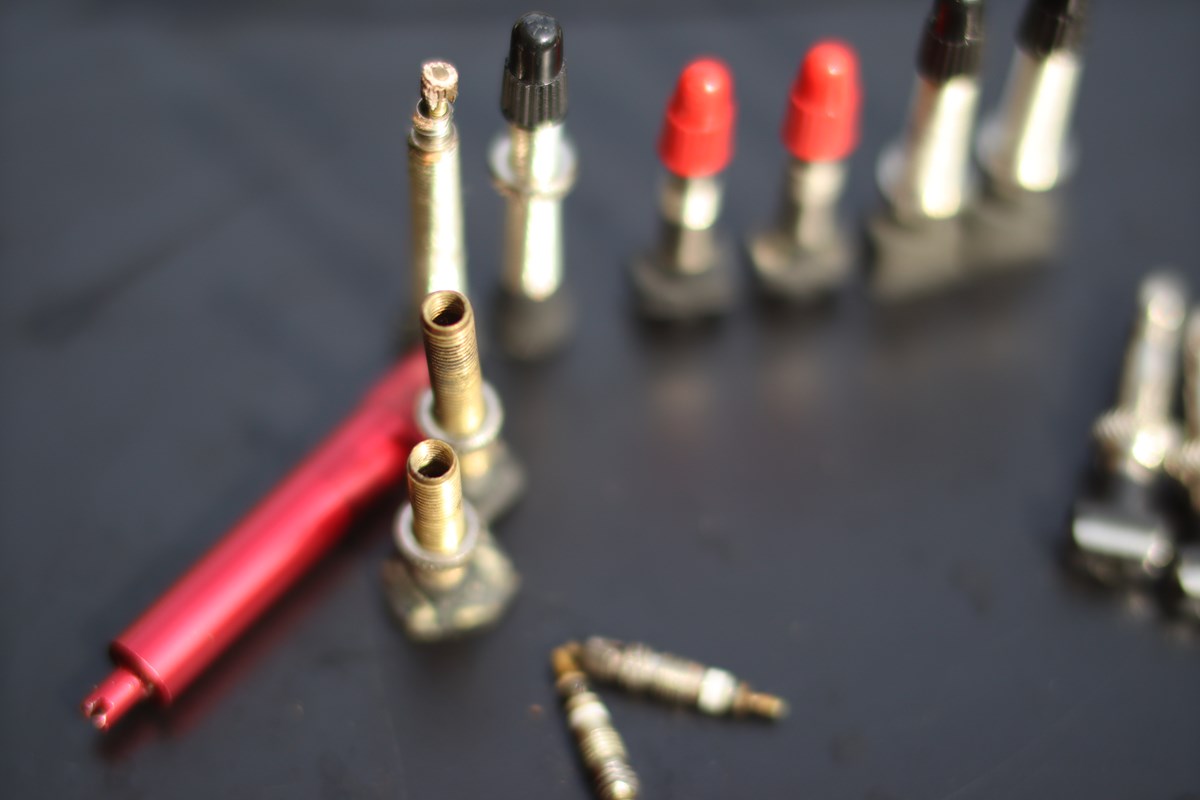TUBELESS TIRE PERFORMANCE
KENDA TUBELESS TIRE TYPES
Kenda Tire has tubeless tires in several construction types. Each construction serves a specific purpose and has different tubeless characteristics. The list below details the various types and their tubeless attributes.
- Tubeless Race (TR) – Tubeless Race is the lightest tubeless ready construction Kenda offers. It is the ideal construction for riders with separate race day wheels or the rider looking for the lightest possible tire. Given the light weight, TR tires require additional attention to maintain a quality seal and long-term air pressure.
- Sidewall Casing Technology (SCT), Gravel Casing Technology (GCT), Tubeless Road (TLR), and Advanced Trail Casing (ATC) – while protection under the tread differs on these tires, all of these casings feature similar protection across the sidewalls for tubeless optimization and protection. Mounting and tubeless set up are easier and these tires have superior air retention.
- Advanced Enduro Casing (AEC) and Advanced Gravity Casing (AGC) – Tires with these casings have densely woven aramid on the sidewalls and under the tread surface. These are very robust tires with excellent flat protection and good air retention.
- E-Mountain Casing (EMC) – Tubeless ready tires certified for the fastest e-bikes! Like some other flat protections that aid in tubeless optimization, the EMC casing 3-piece protection features coarse Nylon fibers tightly woven together across the sidewalls of the tire.
Managing Air Pressure in Tubeless Tires
All tires lose air pressure overtime.It does not matter if it is a bicycle tire, wheelchair tire or even a car tire.By the virtue of the nature and amount of the material used in tubeless tires, all types of tubeless tires lose air pressure faster than tires set up with tubes.It does not matter if it a TLR tire with liquid sealants or a UST tire paired with a UST rim.

When mounting new tires, it is recommended that new sealant be used. Kenda tires are compatible with all major brands of tire sealant.
- Sealants - Every brand of sealant has their own strengths. Some are better suited for cold temperatures, while others have better longevity. Kenda recommends consulting sealant manufacturers or your local bike shop for recommendations based on your location and usage.
- Dosage – Kenda Tire recommends that users follow the manufacturers recommended amount of sealant in each tire. Under dosing could negatively influence sealant efficacy, and over dosing could negatively effect ride performance.
It is not uncommon for tire pressure to drop below preferred or even safe operating levels over time. Depending on the tire type, type of sealant, and quality of the airtight seal, pressure loss can happen over the course of a few hours or up to several weeks. As a result, Kenda Tire recommends that riders check the tire pressure with a pressure gauge before every ride. For consistency, it is recommended that the same gauge, independent or integrated into a pump, be used each time tires are inflated.
Use of the correct air pressure is critical for ride performance, puncture protection, and rider safety.
- Never exceed the maximum listed inflation pressure on a tire, either during inflation or in use.
- Never exceed the maximum listed inflation pressure on a tubeless rim/wheel.


If tires will not seat or experience rapid air pressure loss over the course of a short period (minutes to a few hours), it is likely that either the rim strip or the tubeless valve has been compromised or damaged.
- Damaged rim tape should be replaced with new tubeless rim tape.
- If replacing the rim tape does not resolve the air loss issue, Kenda Tire recommends checking and if necessary, replacing the tubeless valve.


Tires that have been ridden tubeless which begin to experience significant pressure losses over the course of a few days can be an indicator of old (ineffective) or a lack of sealant within the tire. In these situations, it is recommended that the tire be removed from the rim, inspected for damage and cleaned of old sealant. The rim tape and tubeless valve should also examined and where necessary, be replaced.
- Sealant should be replaced according to the sealant manufacturer’s recommended guidelines.
- Even without air loss, sealant levels should be checked every few months. Riders in drier climates should check sealant levels in their tires more frequently.
- If a rider experiences a frequent number of flats, this can also be an indicator of low levels of sealant in the tire.
- If sealant weeps (soaks) through the sidewall of a tire, this could be an indication of old sealant or a sealant that is less effective than another brand. Kenda Tire recommends replacing the sealant with new sealant or a different brand.







